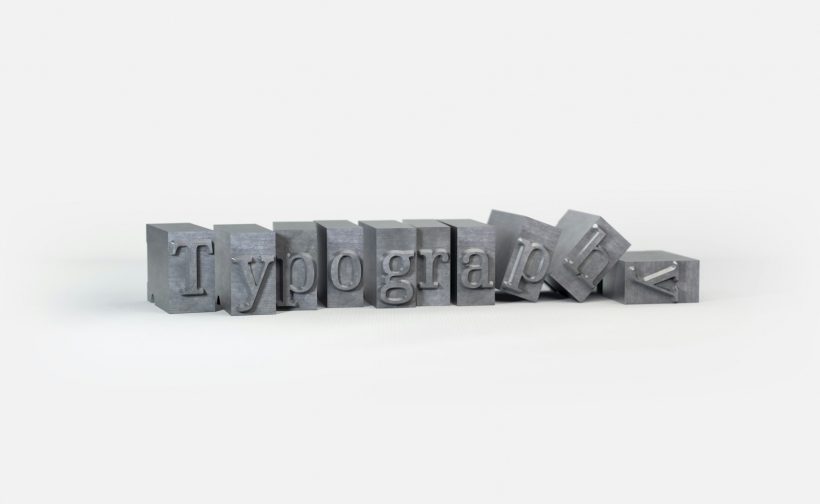on April 3, 2025

Typography plays a critical role in web design, influencing readability, user engagement, and overall aesthetics. Achieving typography for pixel-perfect websites requires attention to detail and the implementation of strategies that enhance both visual appeal and functionality. Pixel-perfect typography ensures text elements align seamlessly with other design elements, providing a polished and professional look.
This guide dives into expert tips, best practices, and tools for mastering typography in web design, ensuring your websites deliver exceptional user experiences.
The Importance of Typography in Web Design
Enhances Readability
Well-designed typography ensures that text is easy to read on all devices, reducing eye strain and encouraging users to engage with the content.
Establishes Visual Hierarchy
Typography helps organize content by emphasizing important elements such as headings, subheadings, and calls-to-action.
Strengthens Branding
Consistent typography reinforces a brand’s identity by aligning with its tone and style.
Improves Accessibility
Inclusive typography ensures that text is readable by users with visual impairments or cognitive challenges.
For more insights into typography’s impact, explore Adobe’s Typography Tips.
Key Elements of Typography for Pixel-Perfect Websites
Font Selection
Choose fonts that align with the brand’s identity and are legible across various screen sizes.
Popular web-safe fonts include:
- Arial
- Georgia
- Roboto
- Open Sans
Font Pairing
Combine fonts to create contrast while maintaining harmony. Pairing a serif font with a sans-serif font is a common practice.
Example:
- Headings: Merriweather (Serif)
- Body Text: Lato (Sans-serif)
Font Size
Use a responsive typography scale to ensure consistent text sizing across devices.
Example:
h1 { font-size: 2.5rem; }
p { font-size: 1rem; }
Line Height and Spacing
Adjust line height to ensure adequate spacing between lines, improving readability.
Example:
body {
font-family: 'Open Sans', sans-serif;
line-height: 1.6;
}
Color and Contrast
Select colors with sufficient contrast to ensure readability, especially for users with visual impairments. Tools like Contrast Checker can help test color combinations.
Tips for Pixel-Perfect Typography
Use a Grid System
Align text elements with a grid to ensure consistent spacing and alignment across the layout.
Example:
.container {
display: grid;
grid-template-columns: repeat(12, 1fr);
gap: 16px;
}
Leverage CSS Variables
Use CSS variables to define typography settings, enabling consistent styling and easier updates.
Example:
:root {
--font-primary: 'Roboto', sans-serif;
--font-size-base: 16px;
--line-height-base: 1.5;
}
body {
font-family: var(--font-primary);
font-size: var(--font-size-base);
line-height: var(--line-height-base);
}
Optimize for Mobile
Ensure text is responsive and legible on smaller screens by using media queries.
Example:
@media (max-width: 768px) {
body { font-size: 14px; }
}
Test Across Devices
Validate your typography on multiple devices and browsers to ensure consistent performance. Tools like BrowserStack can assist with testing.
Incorporate Web Fonts
Use web fonts to expand typography options while maintaining performance. Google Fonts is a popular choice for free web fonts.
Example of embedding a Google Font:
<link href="https://fonts.googleapis.com/css2?family=Roboto:wght@400;700&display=swap" rel="stylesheet">
Tools for Achieving Pixel-Perfect Typography
Figma
Figma allows designers to create and refine typography systems with precision.
Adobe XD
Adobe XD provides tools for designing, testing, and validating typography in web projects.
Google Fonts
Google Fonts offers a wide selection of free web fonts optimized for performance and usability.
Typography.js
Typography.js helps developers create typographic themes and scales programmatically.
WebAIM Contrast Checker
WebAIM Contrast Checker ensures your typography meets accessibility standards.
Common Mistakes and How to Avoid Them
Overusing Font Styles
Using too many fonts or weights can create a cluttered and inconsistent design. Stick to a maximum of two to three typefaces.
Ignoring Line Length
Lines that are too long or too short can hinder readability. Aim for line lengths of 50–75 characters for optimal readability.
Neglecting Accessibility
Failing to consider accessibility can exclude users. Ensure fonts are legible and colors meet contrast standards.
Overlooking Performance
Large font files can slow down your site. Use font subsets or preload key fonts to improve loading times.
Example of preloading a font:
<link rel="preload" href="/fonts/roboto-regular.woff2" as="font" type="font/woff2" crossorigin="anonymous">
Real-Life Applications of Pixel-Perfect Typography
E-commerce Websites
An online retailer used pixel-perfect typography to improve product descriptions’ readability, leading to higher conversions.
Corporate Websites
A consulting firm adopted a consistent typography system to align their branding across global sites.
Blogging Platforms
A blogger enhanced user engagement by refining typography, making articles easier to read and visually appealing.
Monitoring Typography Effectiveness
User Feedback
Gather feedback from users about readability and overall design quality.
Analytics
Monitor bounce rates and session durations using Google Analytics to measure the impact of typography on user engagement.
Regular Audits
Perform typography audits regularly to ensure consistency and alignment with brand standards.
Conclusion
Achieving typography for pixel-perfect websites requires a combination of design principles, technical implementation, and continuous refinement. By following the tips and tools outlined in this guide, you can create web typography that enhances readability, reinforces branding, and delivers exceptional user experiences.
For further inspiration, explore resources like Google Fonts or tools like Typography.js. With well-executed typography, your websites can leave a lasting impression and keep users engaged.
